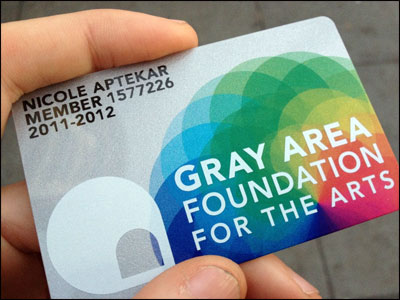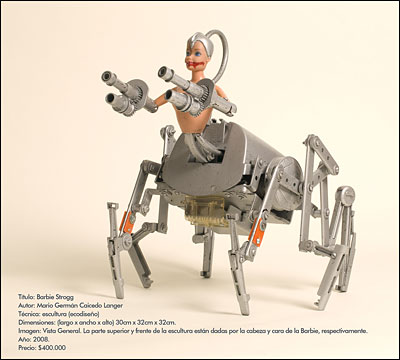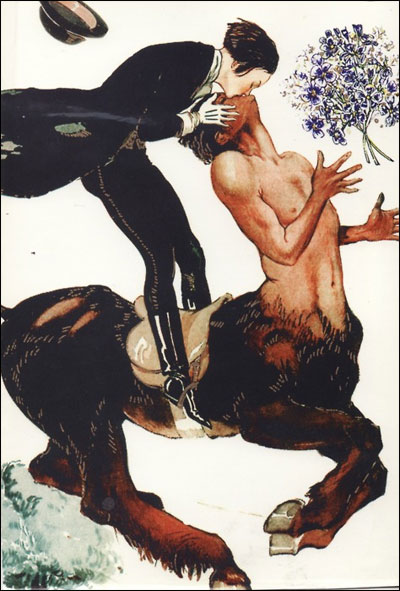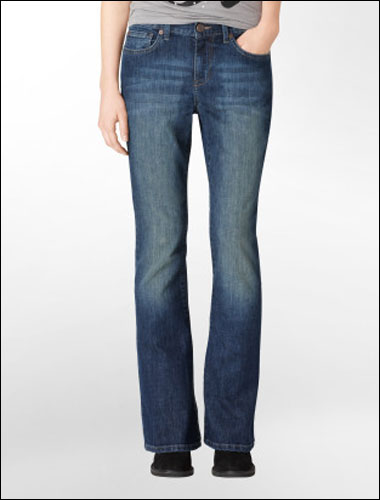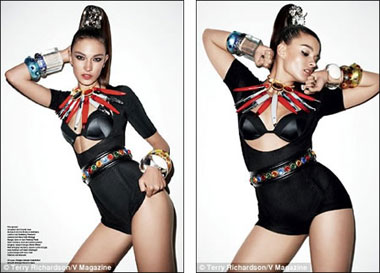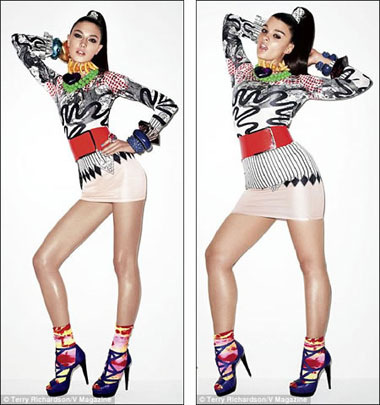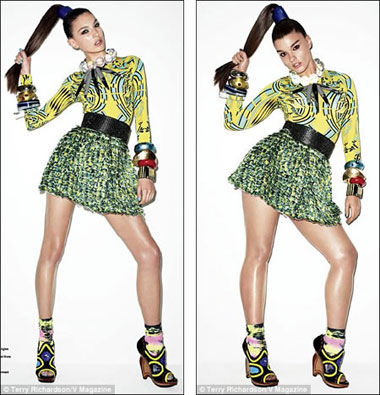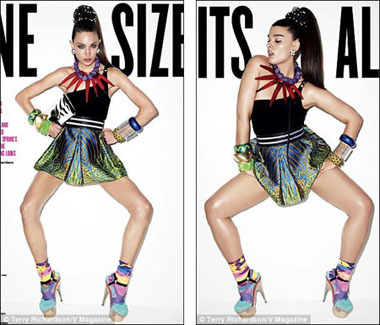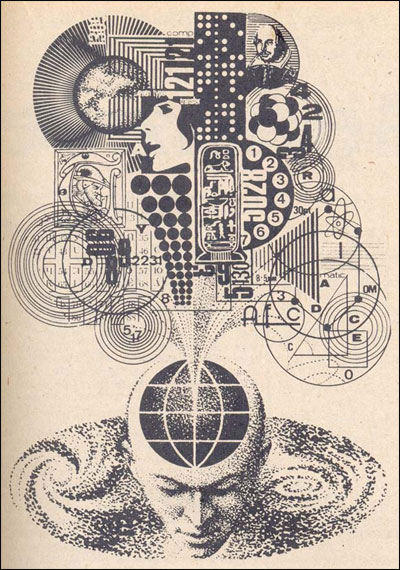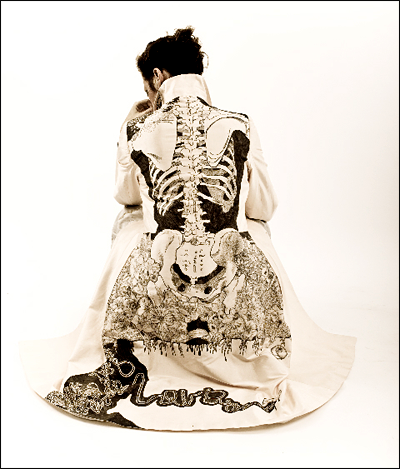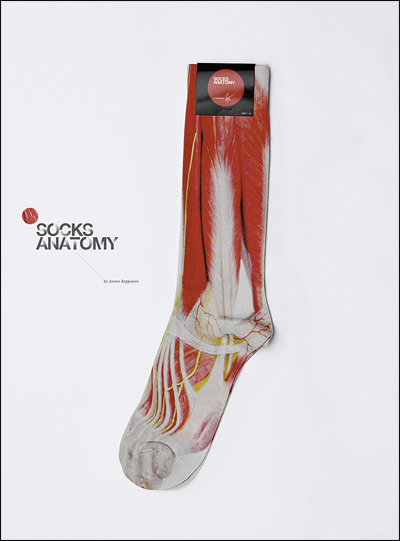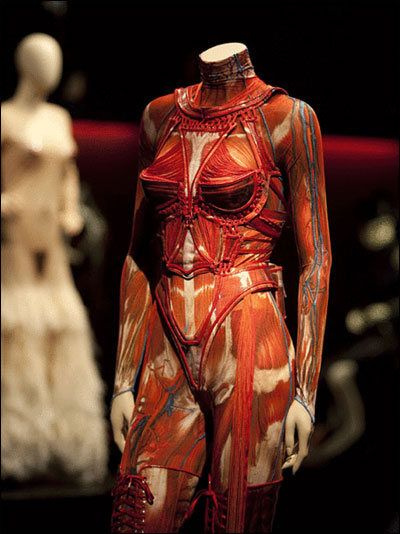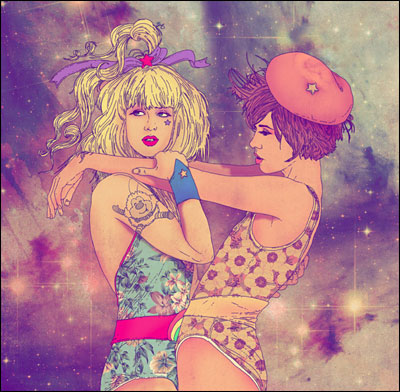Sunflower, the Centaur Disney Wants to Forget
In 1940, Disney released Fantasia; an epic animated film consisting of several shorts set to classical pieces. If you haven’t seen it, it’s perfect for the holidays. There are fairies and unicorns and dancing mushrooms.
And, of course, Fantasia includes the Pastoral Symphony. As a child, I was happily unaware of the heteronormative, gender essentialist overtones of this piece. I was just excited to see all the centaur boobs and watch the fashion show unfold. Multicolored centaurettes wearing hats made from lotus flowers, birch bark and even live white doves. Exotic mythical creatures lazing around all day, spending the beautiful sunset hours eating grapes, swinging on giant swings, and bathing by the waterfall. It was just lovely. Looking back, it’s clear how ridiculous the whole thing was. A post at Nectarade provides a hilarious, pitch-perfect overview (click through to the site, it’s better with pictures):
There’s a centaur meetup and the ladies are “dressing up” so it’s not so obvious they’re all clones of each other in different colors. The males are also clonic, but they don’t give a shit about looking alike because they’re there for the mare pussy (well, that sounded funny). Also, there are some weird “little cherubs” playing as sassy gay friends of the girls, matchmakers, makeover artists, and creepy voyeurs. My first reaction: “Why are there cherubs in Olympus, anyway? I suppose they’re sort of little cupids without the bow and arrows, but it’s still fucking weird.” I did my homework, and those things are called putto (plural: putti) . Oh, okay, it makes sense artistically then. It’s still weird because they’re little creepers in this movie, but I’ve learned something new today!
…meanwhile, the clonic Ken doll centaurs get their own catwalk show from which they pick the girl they want to fuck senseless take to the prom. I don’t know if it’s racism or narcissism or fashion taken to the extreme, but I can’t help but notice that all the pairings have similar color palettes. Red/pink/brown/yellow goes with red/pink/brown/yellow, blue/purple goes with blue/purple. That’s very disappointing. You can also tell how much the couples want to have sex as soon as possible, but they can’t because there are little kids watching (and depraved putti stalking them).
Seriously, they have to settle with a lot of second-base touching and inane activities such as playing in swings and eating grapes and just hang out, sitting here consumed with lust for the rest of the evening. But OH NOES!! EMERGENCY!!! DISASTER!!! ONE OF THE CENTAURS IS ALONE! Don’t worry, guys! There’s a centauride who’s also alone! And in the same color scheme! We’re saved! How convenient that there was the same amount of boys and girls! So our team of putti, like fanbrats who feel compelled to pair every character up in the bad fanfiction they write, set them to a date by playing their phallic flute-trumpets. Thankfully, our two dorks liked each other and were actually the ones with less libido. Actually, they’re quite sweet and old-fashioned, and I’m glad for them. I mean, as happy as it can be since the putti are still stalking like Edward Cullen in Bella Swan’s period days, and even when they drop the curtain (literally) they’re still peeking over the centaurs. Eww, GTFO!
The above review of Pastoral Symphony was pretty complete… except, HELLO, WHAT’S THIS:
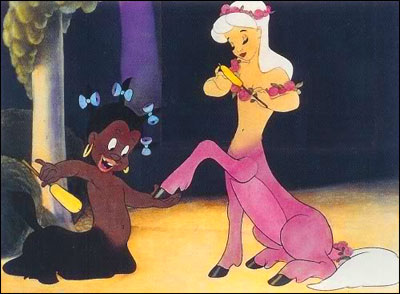
That’s right. Disney originally included a character named Sunflower – a half-donkey, half black girl servant figure who polished hoofs, brushed/decorated tails, and carried garlands for the centaurettes. It’s not surprising that Nectarade didn’t catch them; the scenes haven’t appeared on any release of Fantasia since the 1960s, and are hard to come by in high quality. Most versions on YouTube look like they were taped off a television. Here is the best-quality collection of all censored scenes. Sister Suffragette adds, “there’s also the possibility that there are more Sunflowers; the movie shows Sunflower with a couple different hair styles which could mean that they actually represent several servant/slave half-asses. It’s hard to tell, though, because the difference in hair style is the only distinguishing feature … of course she was happily shining the hoofs and fixing the tails of the non-black centaurs and there’s not even any thought or explanation given as to why she’s the only one that doesn’t meet a mate by the end of the segment. The others females are chosen by the males who picked them out of the lot after the females paraded and posed in front of the males.”
The real kicker is that, according to several sources, Disney adamantly denied that Sunflower even existed up until somebody finally dug up the footage and put it on the internet (despite the fact that you can find her chowin’ down on watermelon, in stereotypical fashion, in the Fantasia cut-out book. Perhaps Disney was counting on the fact that it’s solidly out of print).
Recently, artists have been reclaiming and re-imagining Sunflower, so perhaps there’s a silver lining to all of this (as an aside, people are also reimagining some of the other Fantasia nubile centaurettes in a very – how shall I put this – non-heteronormative, non-monogamous way. Thanks, Rule 34. Thanks, Internet). People are imagining Sunflower (or Sunflowers) as a strong, confident young girl. Or a self-aware, independent woman. Or even painting her as a servant, but with much more emotion and character. If Disney won’t make this right, the people will. More remixes of Sunflower, after the jump.

Sunflower by AtomicFireball: “This is not a fanart. It’s a little wishful thinking of my own. This is my Sunflower, who never served a mistress.”





